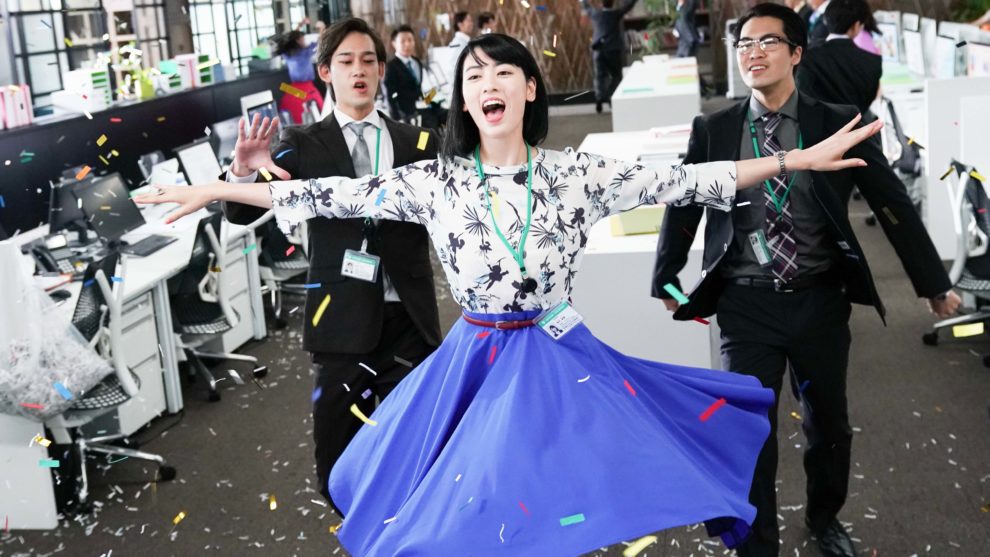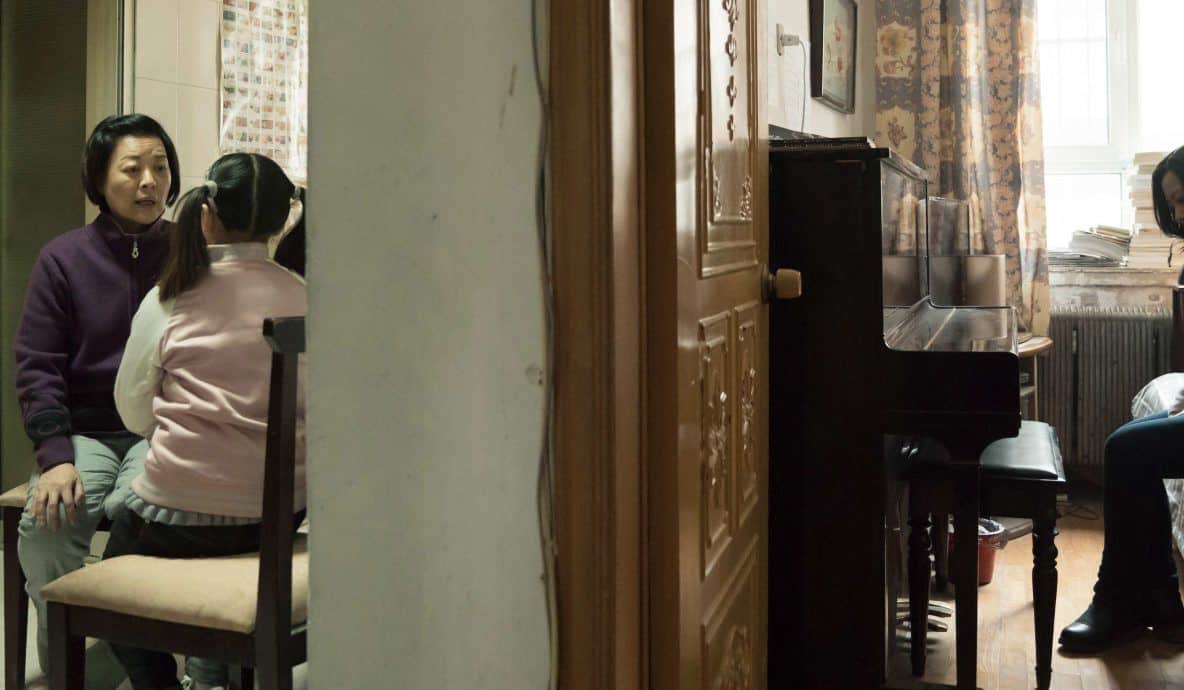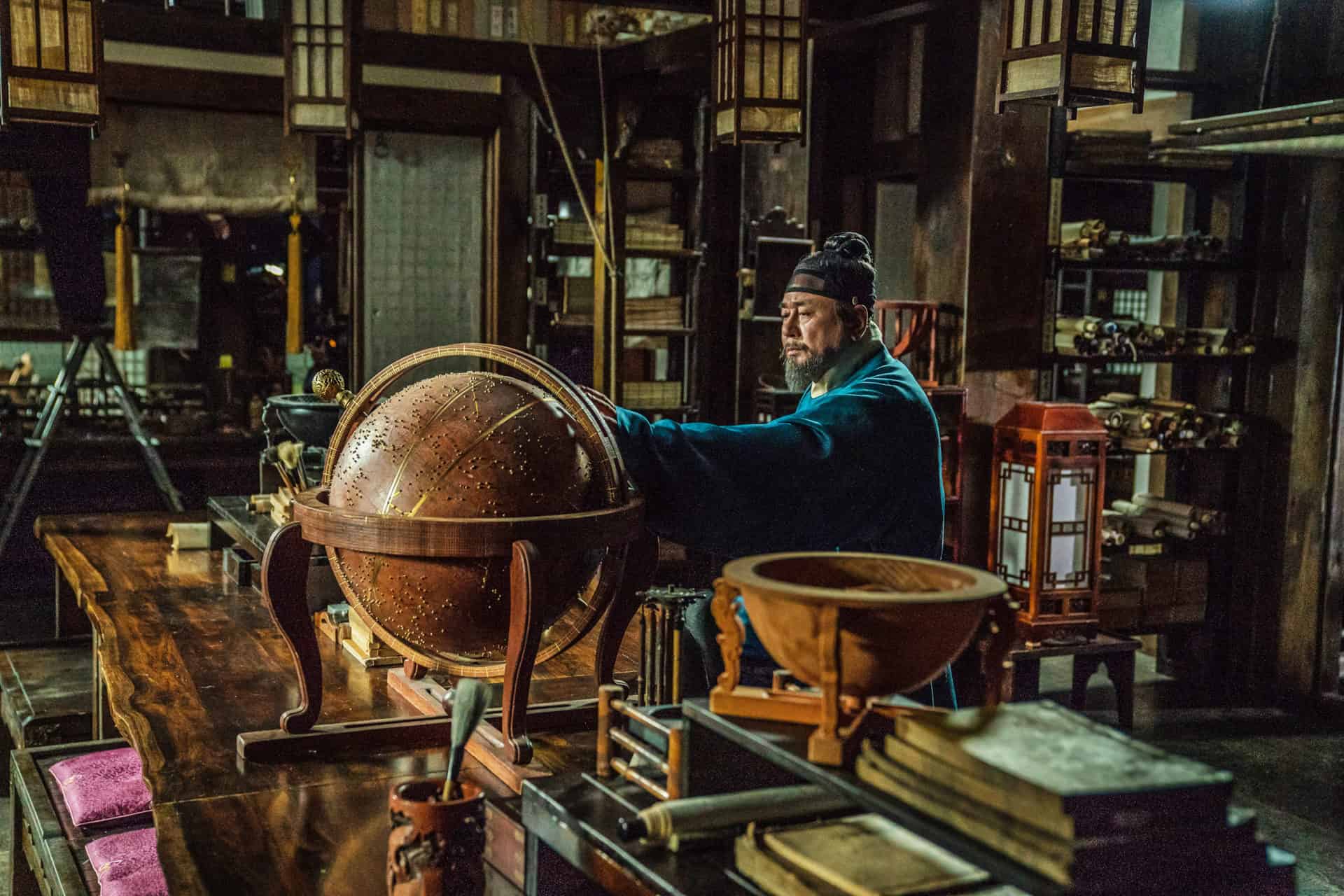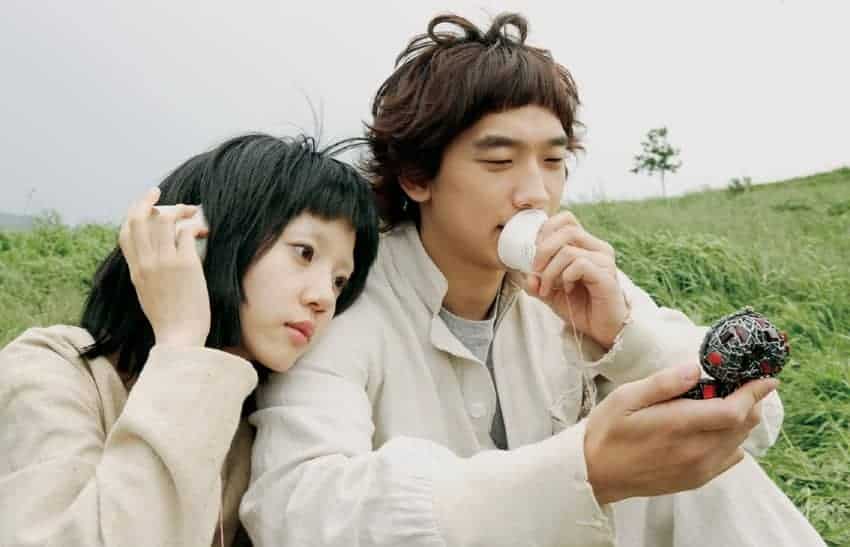Ever since the critical and commercial success of Damien Chazelle's “La La Land”, the musical, once representative of the old Hollywood studio system, has experienced some kind of comeback. While it seems more like an escapist fantasy to some with its dance and singing routines seemingly coming out of the blue and its wild, vibrant colors, the tales of people being lifted out of their at times dire environment and going through an adventure of their own, make it perhaps the best suited genre for a world in desperate need for some entertainment and fluff. Japanese director Shinobu Yaguchi has been making quite a name for himself as the maker of light entertainment, which has been very successful, also international level. His latest feature “Can't Stop the Dancing” is no exception to the rule as it tells the story of a businesswoman finding her true calling, while at the same time poking fun at the structure and elements of the musical.
Can't Stop the Dancing is screening at Nippon Connection

For many years, Shizuka (Ayaka Miyoshi) has been with her company, hoping, like all her female co-workers, for a chance to work with Murakami (Takahiro Miura), a very attractive and highly successful executive. Out of the blue, he asks her to prepare a very important presentation about the re-design of the company's homepage, which requires her to work through most of her weekend. At the same time, she has to babysit her niece whom she takes to a carnival where the young girl, wanting to shine in the school musical, goes straight into the tent of a hypnotist (Akira Takarada) who is supposed to make her dance and sing to perfection. Even though the man seems familiar to Shizuka, and she notices how the act is mostly a scam, she finds out the next day that the hypnosis has worked, not on her niece though, because as soon as she hears music, she cannot help herself and has to dance and sing to the tune, believing she is in a musical where everyone sings along with her.
Afraid for her career at the company, she asks for a week's leave to find the hypnotist in order to reverse the process, but instead of finding him she runs into his assistant (Chie Saito), who helped him with the scam. Although their union is quite uneasy, the two women eventually decide to work together and search for the magician, who is also wanted by a group of loan sharks.
There is an inherent problem with many musicals which comes as the result of implementing dance numbers within a narrative, that sometimes feel weird, out of place or just badly timed. Instead of tackling the problem head on, Shinobu Yaguchi simply makes this issues one of the key elements of “Can't Stop the Dancing”, whose story is defined by the arbitrariness of some of the musical numbers, because the protagonist, as the title suggests, simply cannot help herself when hearing music. Even the dialogue mentions the problem with the genre, as Sizuka points out how the actors in these movies seem like they are mentally unstable when they suddenly start dancing and singing.
Apart from exposing and poking fun at the mechanisms of the musical, dancing and singing also exposes the true nature of the protagonist, which Yaguchi's script further highlights by adding a childhood trauma. The dynamic routines, their fantasy-like nature stress, the need to escape an otherwise rather dreary, and potentially toxic work environment, which has somewhat alienated Shizuka from her friends and family. During these scenes the movie truly shines, especially due to the music's catchy tunes and the sheer joy expressed in the performances.
In the end, “Can't Stop the Dancing” is a wonderfully entertaining musical featuring great dance routines and performances. Shinobu Yaguchi's idea of circumventing some of the issues of the genre by making them key elements of the story is quite creative, adding to the enjoyment of the picture.
















